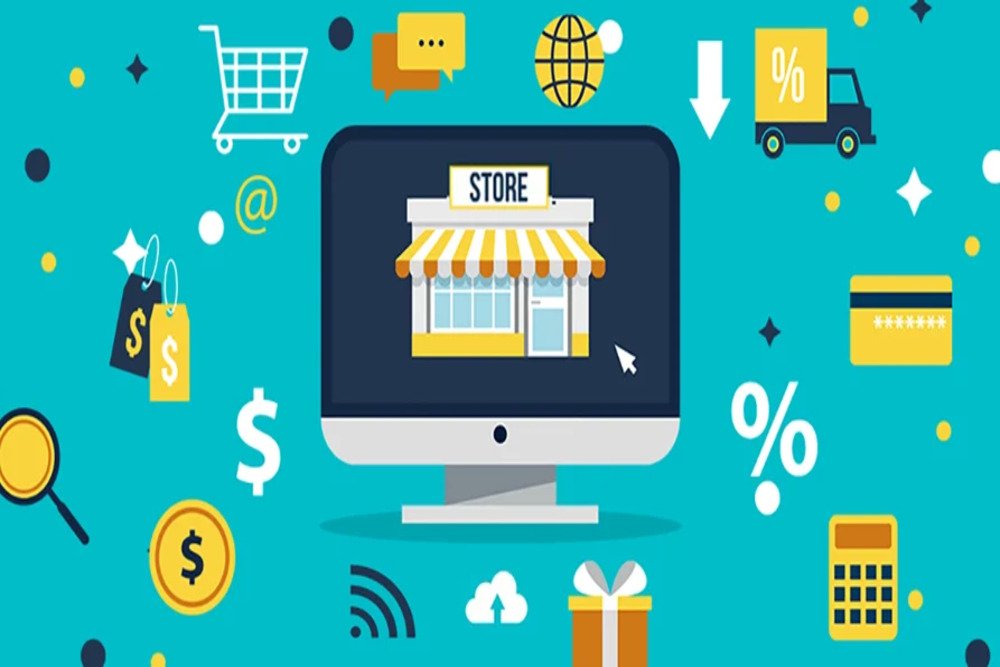In the era of digital dominance, the landscape of business has undergone a remarkable transformation, with one significant player leading the charge – E-commerce. Electronic commerce, or E-commerce, has become an integral part of our daily lives, reshaping the way we shop, connect, and conduct business. This blog explores the evolution, trends, and impact of E-commerce on both businesses and consumers.
The Evolution of E-Commerce:
The roots of E-commerce can be traced back to the 1970s when electronic data interchange (EDI) was introduced, allowing businesses to exchange documents and conduct transactions electronically. However, it was the advent of the internet in the 1990s that truly paved the way for the E-commerce revolution. Companies like Amazon and eBay emerged, changing the way consumers shopped and businesses operated.
Key Components of E-Commerce:
- Online Retail (B2C): Business-to-consumer E-commerce involves the direct sale of goods and services to end consumers. Platforms like Amazon, Alibaba, and Etsy have become household names, offering a vast array of products accessible at the click of a button.
- Online Marketplaces: These platforms connect buyers and sellers, providing a virtual space for a wide range of products. Businesses, both large and small, can leverage marketplaces like eBay, Etsy, and Flipkart to reach a broader audience without the need for a standalone website.
- Mobile Commerce (M-Commerce): With the proliferation of smartphones, mobile commerce has gained prominence. Consumers can shop on-the-go, making purchases through mobile apps. This trend has prompted businesses to optimize their websites for mobile use and develop user-friendly apps.
E-Commerce Trends:
- Personalization: E-commerce platforms are increasingly leveraging data analytics and artificial intelligence to offer personalized shopping experiences. Recommendations based on past purchases, browsing history, and demographic information enhance customer satisfaction and drive sales.
- Social Commerce: The integration of social media with E-commerce has given rise to social commerce. Platforms like Instagram and Facebook allow businesses to showcase products, engage with customers, and even facilitate transactions directly through social media.
- Augmented Reality (AR) and Virtual Reality (VR): E-commerce is breaking new ground with AR and VR technologies. These immersive experiences enable customers to visualize products in their own spaces before making a purchase, reducing uncertainty and increasing confidence.
Impact of E-Commerce:
- Global Reach: E-commerce has eliminated geographical barriers, enabling businesses to reach a global audience. Small and medium-sized enterprises (SMEs) can compete on an international scale, fostering economic growth.
- Convenience for Consumers: The convenience of E-commerce is a key driver for its widespread adoption. Consumers can shop 24/7, compare prices, read reviews, and make informed decisions from the comfort of their homes.
- Challenges for Brick-and-Mortar Retail: The rise of E-commerce has posed challenges for traditional brick-and-mortar retailers. Many have had to adapt by establishing online presences or incorporating technology into their physical stores to stay competitive.
E-commerce has evolved from a novel concept to an indispensable part of the modern business landscape. Its continuous evolution, driven by technological advancements and changing consumer behaviors, makes it a dynamic and exciting industry. As businesses navigate this digital marketplace, adapting to trends and embracing innovation will be key to success in the ever-expanding world of E-commerce.


